The world’s glaciers are like time capsules, holding secrets from Earth’s distant past in their frozen depths. As climate change accelerates the melting of these ancient ice formations, scientists are making remarkable discoveries that were locked away for thousands, sometimes millions of years. From perfectly preserved ancient animals to mysterious microorganisms and forgotten artifacts, melting glaciers are revealing treasures that are rewriting our understanding of history, evolution, and the very nature of life itself.
Ancient Life Forms Awakening After Millennia

Perhaps the most astounding discovery coming from melting ice is the resurrection of ancient life forms that have been dormant for incredible spans of time. Glacier ice archives information, including microbiology, that helps reveal paleoclimate histories and predict future climate change. Scientists have successfully revived bacteria including Janthinobacterium, Polaromonas, Herminiimonas, Flavobacterium, Sphingomonas, and Methylobacterium that are common abundant microbial groups in glaciers. These organisms have survived in what scientists call suspended animation, waiting patiently for the right conditions to return to life. It’s like finding a biological library that has been perfectly preserved for eons, ready to tell us stories about ancient ecosystems and how life adapts to extreme conditions. The implications are staggering – we might be on the verge of understanding entirely new ways that life can survive and thrive.
140,000-Year-Old Plant Viruses Coming Back to Life
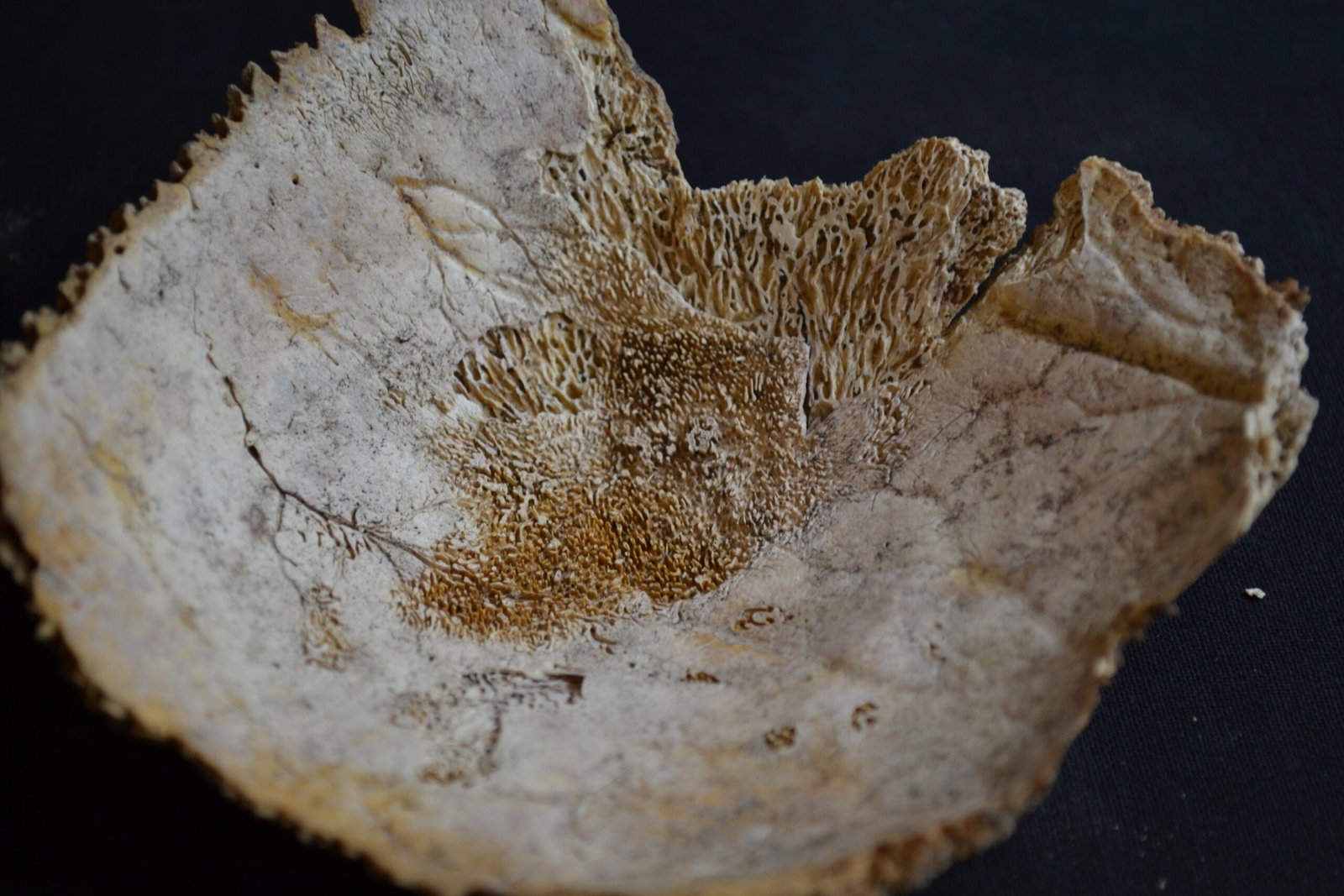
Scientists have found a living 140,000-year-old plant virus in glacial ice from Greenland, with speculation that hardy viruses like the one that causes polio could survive in ice and potentially infect susceptible humans. The discovery challenges everything we thought we knew about viral longevity and survival. These ancient pathogens have been perfectly preserved in nature’s own deep freezer, maintaining their structure and potentially their infectivity across geological timescales. However, scientists think there’s little possibility that melting glaciers will unleash virulent viruses that trigger pandemics, with one expert noting “The chances aren’t zero, but they’re very close to zero”. The real concern isn’t about ancient plague outbreaks, but rather about understanding how these microscopic time travelers might mix with modern organisms.
Perfectly Preserved Woolly Mammoths and Their Secrets
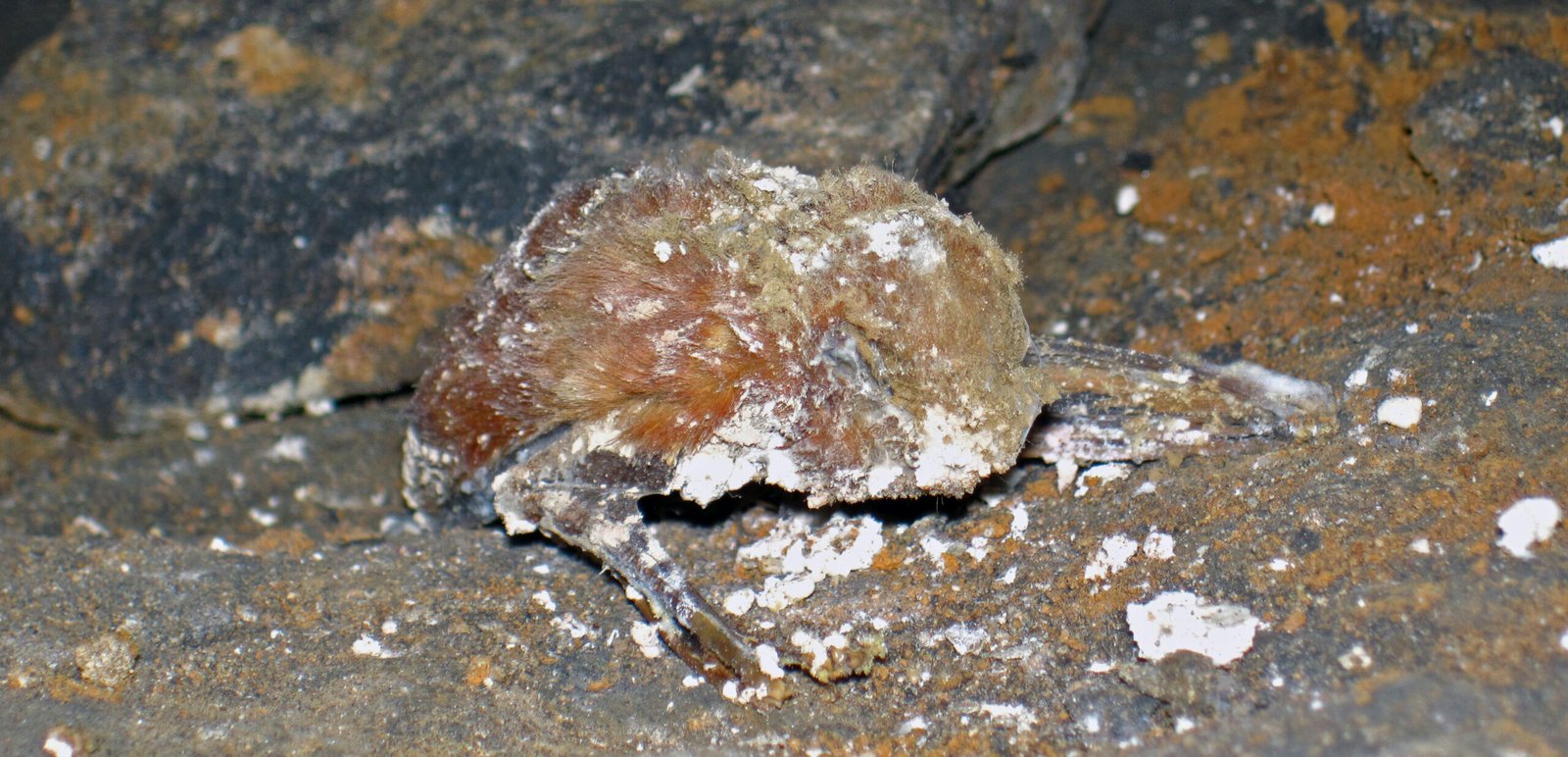
The discovery of woolly mammoths frozen in permafrost reads like something out of science fiction, yet it’s happening with increasing frequency. Scientists describe findings as “one of the most incredible mummified Ice Age animals ever discovered in the world,” with specimens like baby mammoth Nun cho ga having trunk, ears and tail almost perfectly preserved. These magnificent creatures, some described as “definitely the best-preserved in the world” with no signs of damage to the head, trunk, ears and mouth, are providing unprecedented insights into Ice Age life. What makes these discoveries even more remarkable is that the presence of undigested food in stomachs and seed pods still in mouths suggests the animals died in autumn when ingested vegetation was mature, placing the time of death in autumn rather than spring. Scientists can literally examine the last meals of creatures that died tens of thousands of years ago.
52,000-Year-Old DNA in Perfect Condition
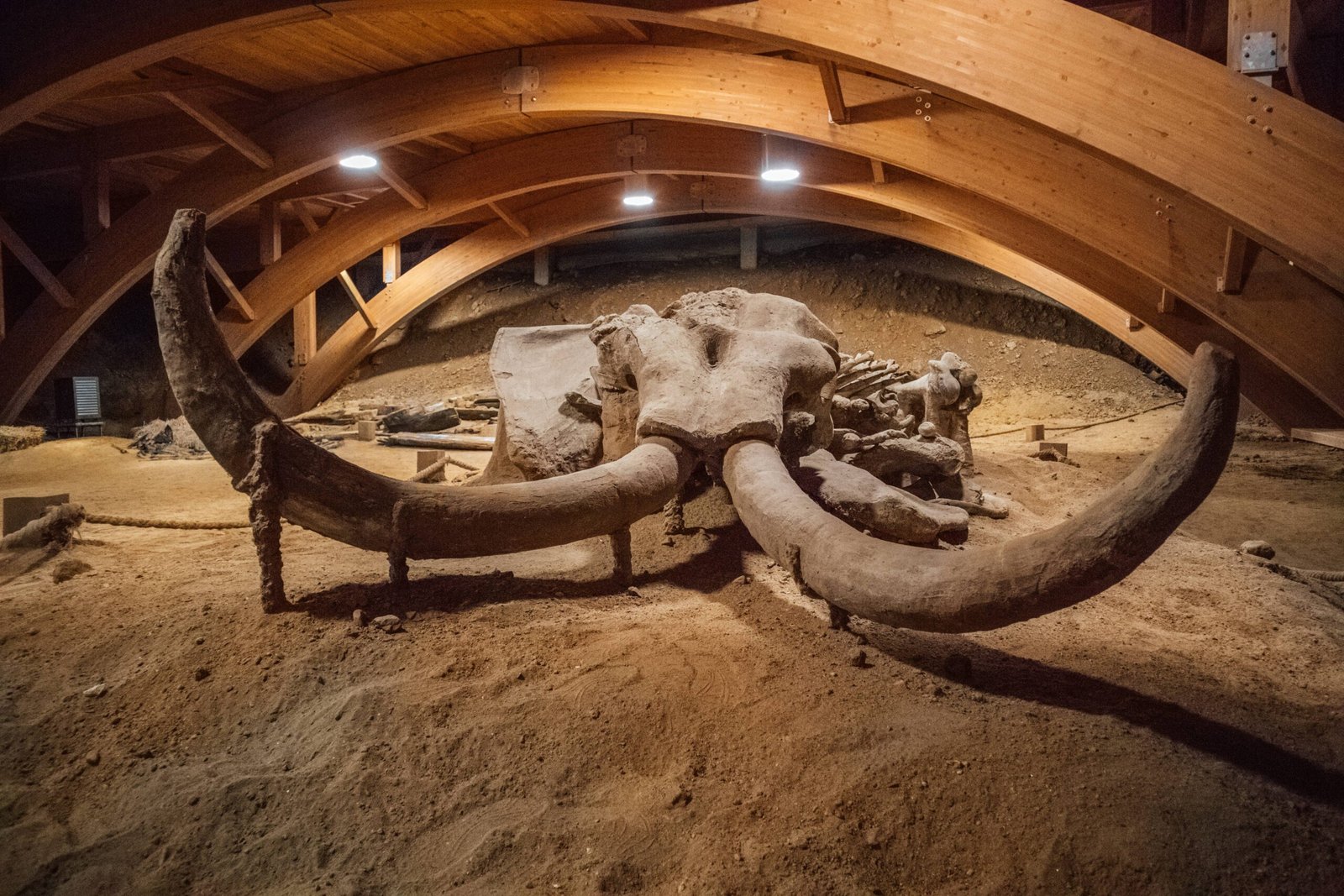
In what might be the most scientifically significant discovery, researchers have successfully reconstructed the complete genome of a 52,000-year-old woolly mammoth that was so remarkably preserved that it reveals a new kind of natural preservation and could open the door to studying other intact ancient animals. The secret lies in a process scientists call “chromoglass,” where extremely dry and cold conditions helped the material of the cell nucleus enter a glassy state where DNA fragments have completely arrested motion. This discovery suggests that DNA preserved as chromoglass could survive indefinitely, certainly for much longer than anyone could previously guess. The implications for understanding evolution, genetics, and even the possibility of de-extinction are mind-boggling. We’re literally holding genetic blueprints from the deep past in our hands.
Saber-Toothed Cats Frozen in Time
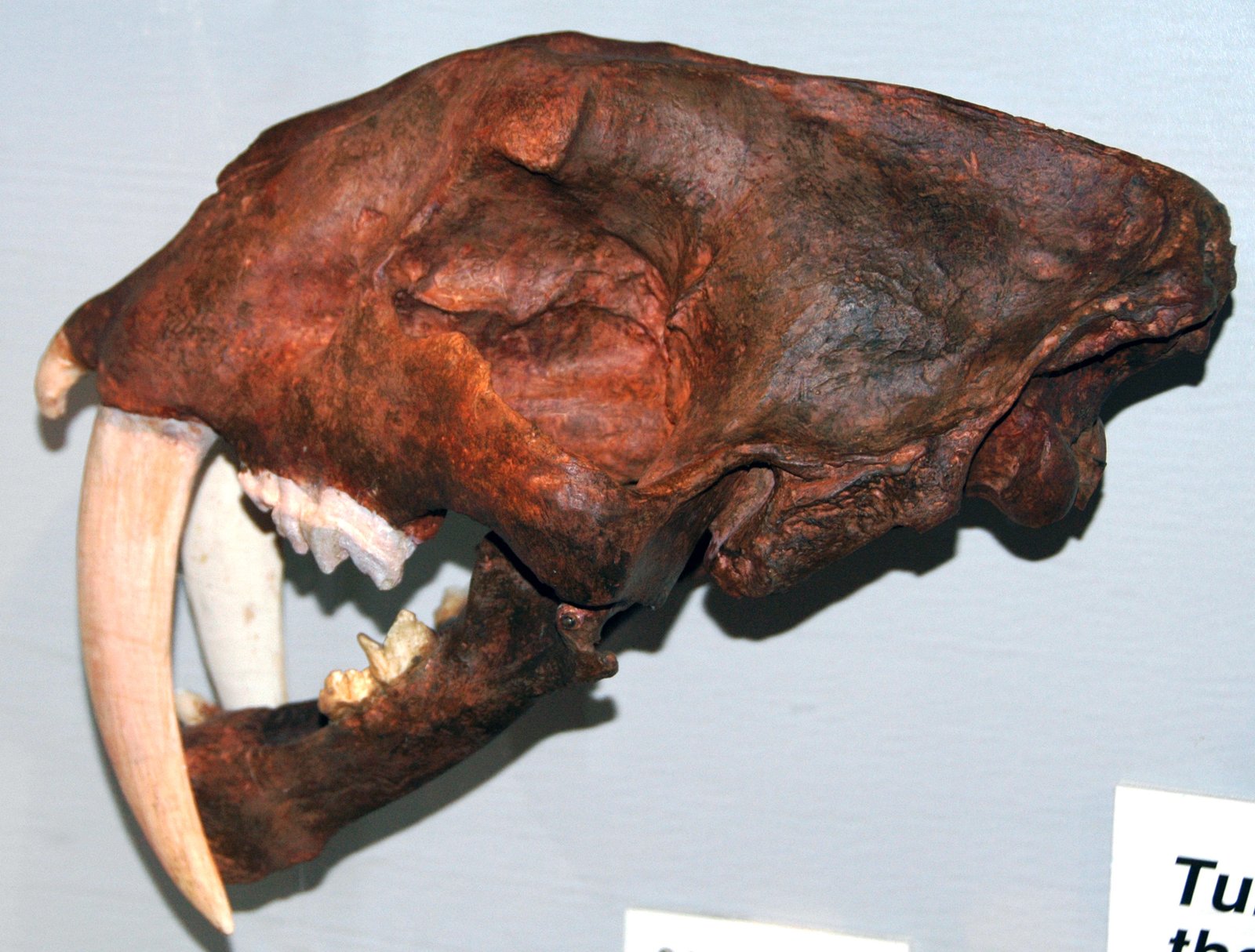
The recent discovery of a pristine fossil of a mummified saber-toothed kitten that had been frozen in the Russian tundra for about 37,000 years has sent shockwaves through the paleontological community. The remains contain the head and the anterior part of the body preserved to the edge of the chest, with the mummy’s head especially well-preserved and forelimbs preserved almost completely. What makes this discovery particularly fascinating is that when comparing the remains to a modern-day lion cub of similar age, researchers found “striking morphological peculiarities” including an unusual muzzle shape, large mouth opening, small ears, massive neck region, and elongated forelimbs. These prehistoric predators are teaching us that the ice age world was far stranger and more diverse than we ever imagined.
Ancient Ecosystems Beneath Antarctic Ice

Recent expeditions to Antarctica have revealed thriving ecosystems in areas recently exposed by calving icebergs. When an iceberg the size of Chicago named A-84 broke away from the George VI Ice Shelf in January 2025, scientists became the first to investigate an area that had never before been accessible to humans. What they found was breathtaking: large corals and sponges supporting an array of animal life, including icefish, giant sea spiders, and octopus, offering new insights into how ecosystems function beneath floating sections of the Antarctic ice sheet. These discoveries show us that life finds a way to thrive even in the most unlikely places, creating complex communities in permanent darkness beneath miles of ice. The resilience and diversity of these hidden worlds challenge our assumptions about where life can exist.
30,000-Year-Old Plants Blooming Again
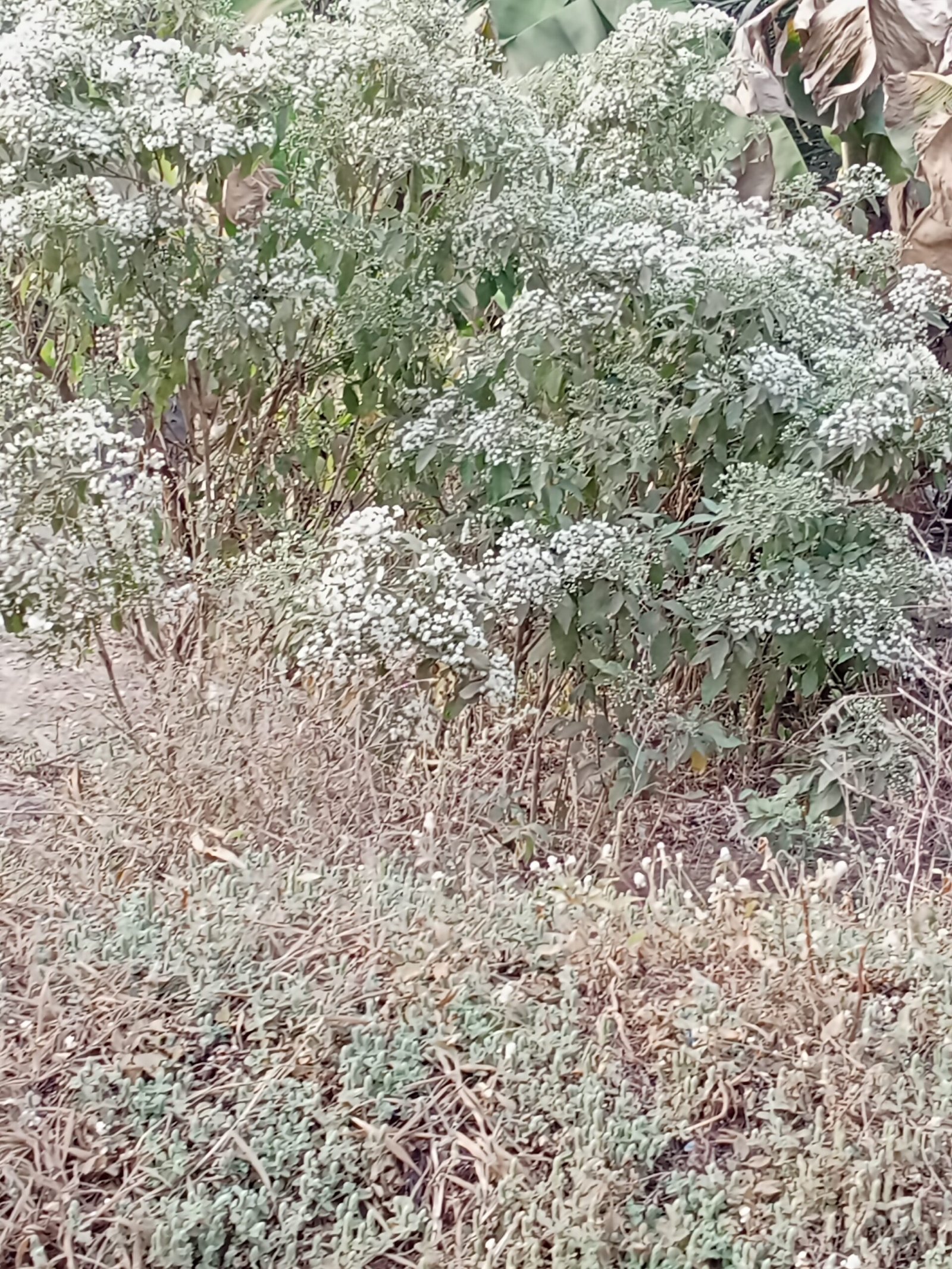
In one of the most remarkable botanical comebacks in history, scientists have successfully brought ancient plants back to life from seeds that were found in ancient ground squirrel burrows on the banks of the lower Kolyma River in northeastern Siberia, surrounded by mammoth bones and other creatures. Scientists took samples of placental tissue from Silene stenophylla fruits, which produced shoots when cultivated in vitro, and are now the oldest living multicellular organisms on Earth. Even more amazing, the plants not only flourished and produced flowers, but the flowers went on to produce fruit and seeds that were viable and germinated into a second generation of plants. This resurrection shows us that life has an almost supernatural ability to endure, waiting patiently for the right moment to return from the grave.
400-Year-Old Moss Coming Back to Life
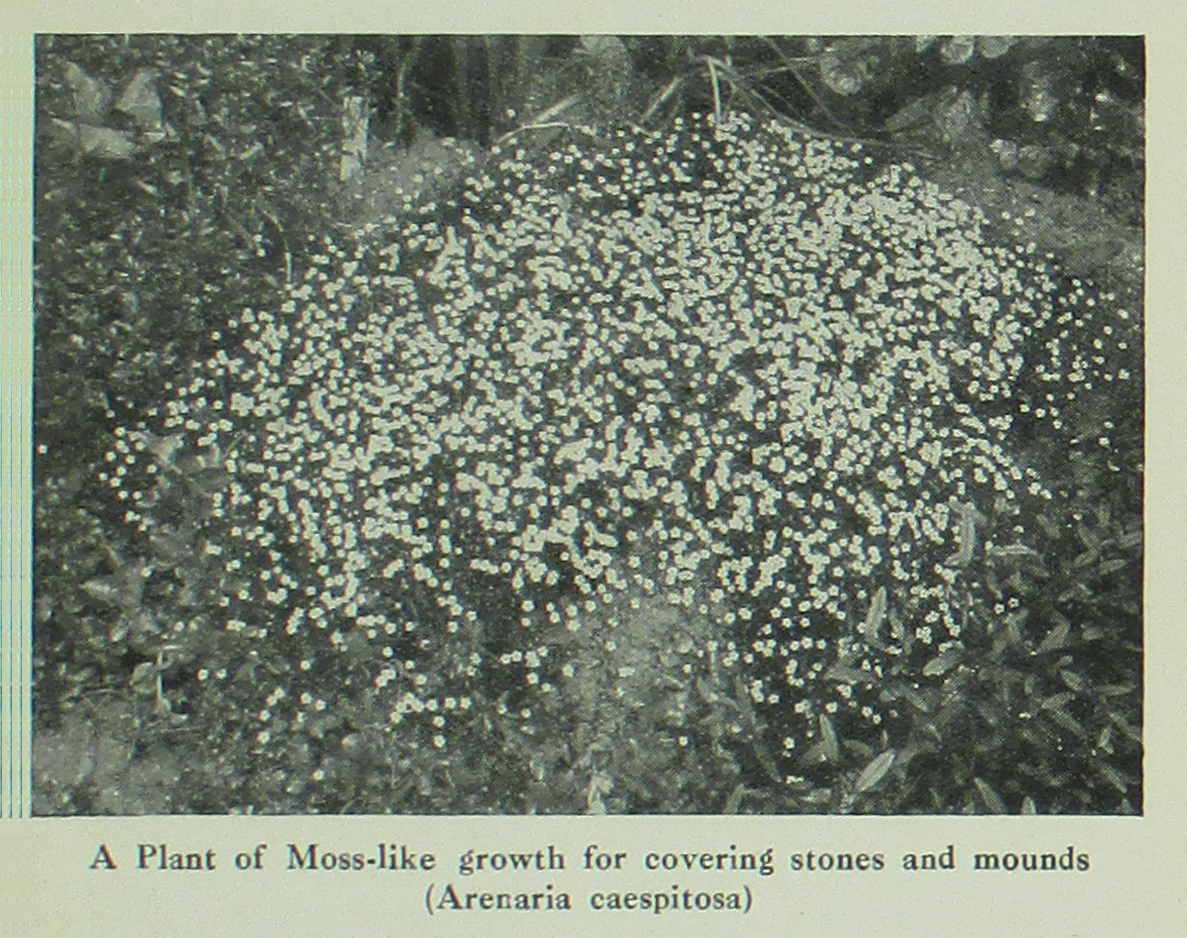
Canadian researchers made a discovery that sounds like something from a fairy tale when they found vegetation buried under Teardrop Glacier during the Little Ice Age period from 1550 to 1580, mostly mosses and lichens buried under dozens of feet of ice. The incredible part came when scientists observed new growth with green stems and shoots occurring on the centuries-old plants, and within months, plants had sprouted in 11 different petri dishes representing seven different species. The moss showed few ill effects of its multi-centennial deep-freeze, demonstrating an almost magical resilience. These discoveries suggest that glaciers serve as reservoirs of plant species that can potentially regenerate, meaning ecosystems in glaciers’ wake might be made up of original plant types rather than newly arrived colonizing species.
Microbes That Could Change Medicine

The microorganisms emerging from melting ice aren’t just scientifically fascinating – they could revolutionize medicine and biotechnology. A new study has revealed more than 900 newfound species of microbes frozen within glaciers across the Tibetan Plateau. Genetic records of microbial communities could be used as “toolkits” for bioprospecting to find valuable new compounds for medicine, cosmetics and other beneficial technologies, making these databases very important especially if newly discovered species go extinct in the future. However, there’s a darker side to this microbial treasure trove. Scientists identified 27,000 potential virulence factors within these microbes, with around 47% never seen before, meaning there’s no way of knowing how harmful the bacteria could be. It’s like opening Pandora’s box – we might find cures for diseases, or we might unleash new challenges we’ve never faced before.
Archaeological Treasures from Norway’s Melting Glaciers

Norway’s retreating glaciers are revealing a completely different kind of treasure – human artifacts that tell the story of ancient civilizations. The research program Secrets of the Ice has unearthed over 4,500 artifacts in the past two decades, including items that reflect how people hunted, traveled, and traded across Norway’s mountains from the Stone Age through the Viking and Medieval eras. Among the most remarkable finds are arrows used for hunting reindeer, with some so well-preserved that their fletching—the feathers used to stabilize them in flight—remains intact, a rarity in archaeological finds. One notable discovery is a 3,600-year-old arrow with a tip made from a river clam found in Jotunheimen, which is the best-preserved of its kind in Norway and has attracted international attention. These discoveries are like stepping back in time to witness the daily lives of our ancestors.
The World’s Oldest Skis and Ancient Sports Equipment

Perhaps one of the most charming discoveries from melting glaciers is ancient sports equipment that shows humans have been finding ways to have fun in the snow for millennia. In 2014, an almost complete 7th-century ski was found at Digervarden in Reinheimen National Park, and in 2021, the second ski was discovered, completing the world’s best-preserved historic pair of skis. These aren’t just pieces of wood – they’re evidence of human ingenuity and our eternal quest to master our environment. In Lom, Norway’s oldest shoes have been uncovered due to melting glaciers, and in 2019, a 16th-century dog skeleton was discovered on the glacier. Each artifact tells a story of people who lived, loved, worked, and played in landscapes that are now dramatically different from what they knew.
Ancient Viruses That Could Reshape Our Understanding of Evolution

The discovery of ancient viruses in glacial ice is opening entirely new chapters in our understanding of viral evolution and survival. Scientists have detected tomato mosaic tobamovirus particles in ice cores ranging from 500 to approximately 140,000 years old, and viral particles in Antarctic ice cores at more than 2.5 km depth with an estimated age of several million years. The sheer age of these viral time capsules is staggering. The amount of virus-like particles in different glacial environments ranges between 0.9 × 10⁶ ml⁻¹ and 3.1 × 10⁷ ml⁻¹, suggesting that glaciers are massive repositories of viral diversity. Some viruses can survive intracellularly within their natural hosts in frozen environments, while others can be preserved abiotically in ice. This means glaciers might be the world’s largest natural virus banks, containing evolutionary secrets spanning millions of years.
The Anthrax Outbreak That Shocked the World

The potential dangers of ancient pathogens escaping from thawing ice became terrifyingly real in 2016. An outbreak of Anthrax took place in Yamal, Russia, that decimated a population of reindeers, killed a child and forced the hospitalization of more than a hundred pastors, with the Bacillus anthracis strain shown to be identical to strains isolated from dead animals immured for centuries in Siberian permafrost until it thawed due to global warming. This wasn’t a theoretical threat from a science fiction movie – it was a real-world demonstration of how climate change could literally resurrect diseases from the past. The incident serves as a stark reminder that permanently frozen environments are considered natural reservoirs of huge amounts of microorganisms, mostly dormant, including human pathogens, with global warming increasing the rate of ice-melting. We’re essentially playing Russian roulette with pathogens that have been locked away for thousands of years.
Ancient Forests Under Greenland’s Ice

One of the most mind-bending discoveries is the evidence of ancient forests beneath Greenland’s massive ice sheet. In 1966, US Army scientists drilled down through nearly a mile of ice in northwestern Greenland and pulled up sediment that, when examined in 2019, revealed twigs and leaves instead of just sand and rock. The implications are staggering: combining various scientific techniques allowed scientists to conclude that most, if not all, of Greenland melted at least once during the past million years, making Greenland green with moss and lichen, and perhaps with spruce and fir trees. Another ice core from south Greenland contained DNA showing that spruce forests covered that part of the island at some point in the past million years. This means that what we consider one of Earth’s most frozen and barren places was once a thriving, green landscape teeming with life.
Arctic Poppies and the Lost World of Ancient Greenland
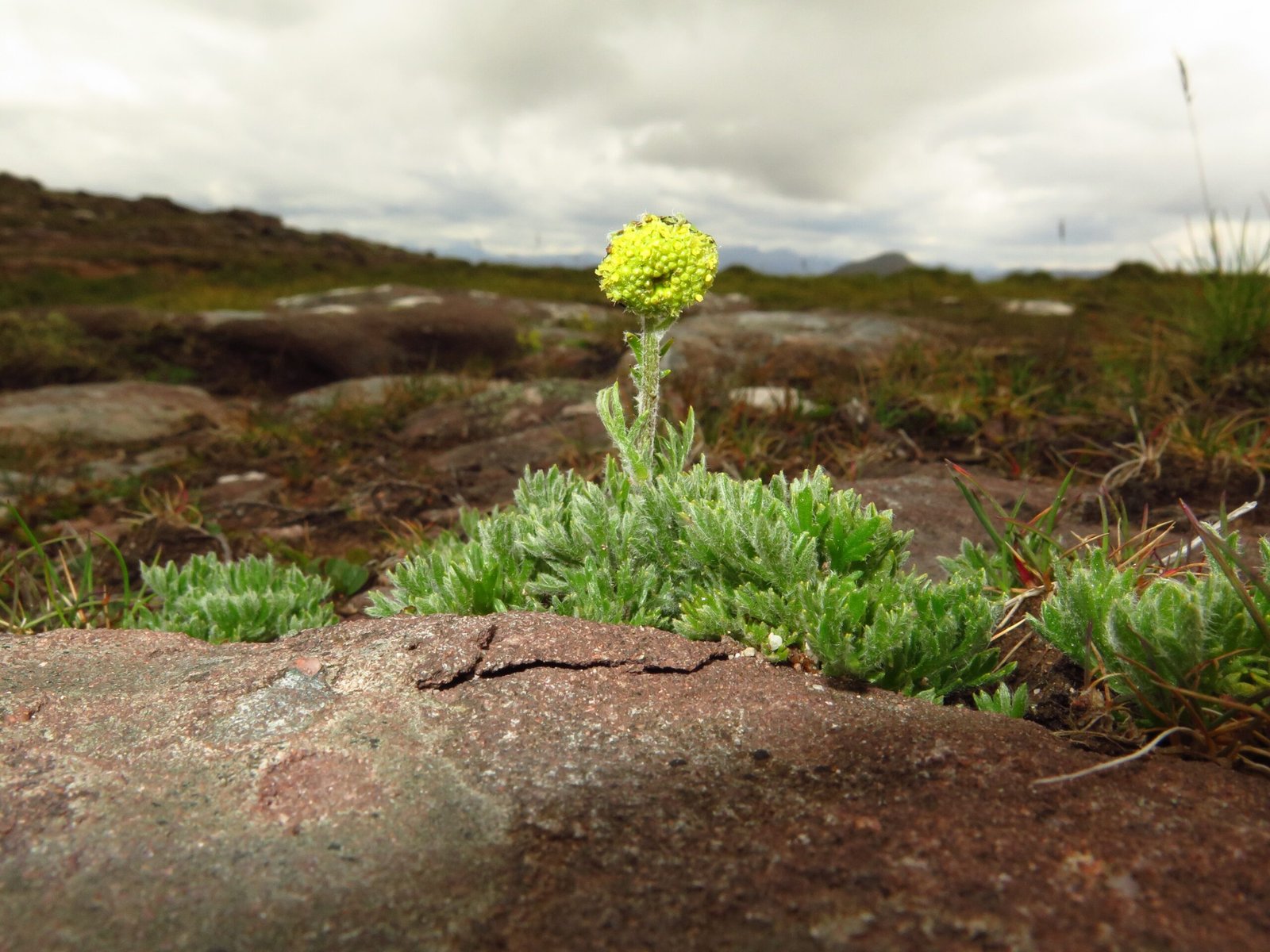
Hidden beneath Greenland’s ice lies evidence of a lost world that sounds almost mythical. Scientists found seeds, megaspores and insect parts that paint a picture of a cold, dry and rocky environment from the past million years, where Arctic poppies grew among the rocks, with each small but tenacious herb having a single cupped flower that tracked the Sun across the sky to make the most of each day’s light. In the rocky soil were sclerotia produced by fungi that team up with plants’ roots, and nearby, willow shrubs adapted to harsh tundra life with their small size and fuzzy hair covering their stems. Scientists also found plant and insect remains that had been frozen beneath the ice, dated to about 400,000 years ago when temperatures were similar to today. This ancient Greenland was a living, breathing ecosystem where tiny flowers bloomed and insects buzzed – a far cry from the ice-covered wasteland we see today.
The Hidden Life in Ice Cores

Ice cores are like biological time machines, containing microscopic worlds that have been perfectly preserved for millennia. Scientists have found common glacier-ice lineages including Janthinobacterium, Polaromonas, Herminiimonas, Flavobacterium, Sphingomonas, and Methylobacterium as dominant genera in Tibetan Plateau ice cores. Many members of these genera are psychrophilic bacteria that have been revived and isolated from glacier ice, and the ice serves as an archive for abundant taxa that are likely equipped with genomic adaptations to cold conditions and might revive. Each ice core is essentially a frozen library containing thousands of years of biological history. Scientists have found viable protozoa including amoeboids, ciliates and flagellates in permafrost samples with estimated ages ranging between 28,000 and 35,000 years old, confirming that microbes may survive for long periods sometimes up to one million years at subzero temperatures.
Carbon Time Bombs and Climate Consequences

As glaciers melt at an accelerating pace due to climate change, they are revealing more than just ancient landscapes they’re uncovering strange and sometimes unsettling discoveries. Among the most significant are long-frozen organic materials, including dormant cells and vast stores of ancient carbon, often referred to as “carbon time bombs.” Once safely locked away in ice, these materials are now thawing and interacting with the environment in unpredictable ways. The release of carbon into the atmosphere, for instance, could further amplify global warming, creating a dangerous feedback loop. Scientists are racing to understand the full extent of these emerging threats, as well as the biological surprises—microbes, viruses, and even ancient DNA that may also lie dormant in the ice, waiting to awaken.




